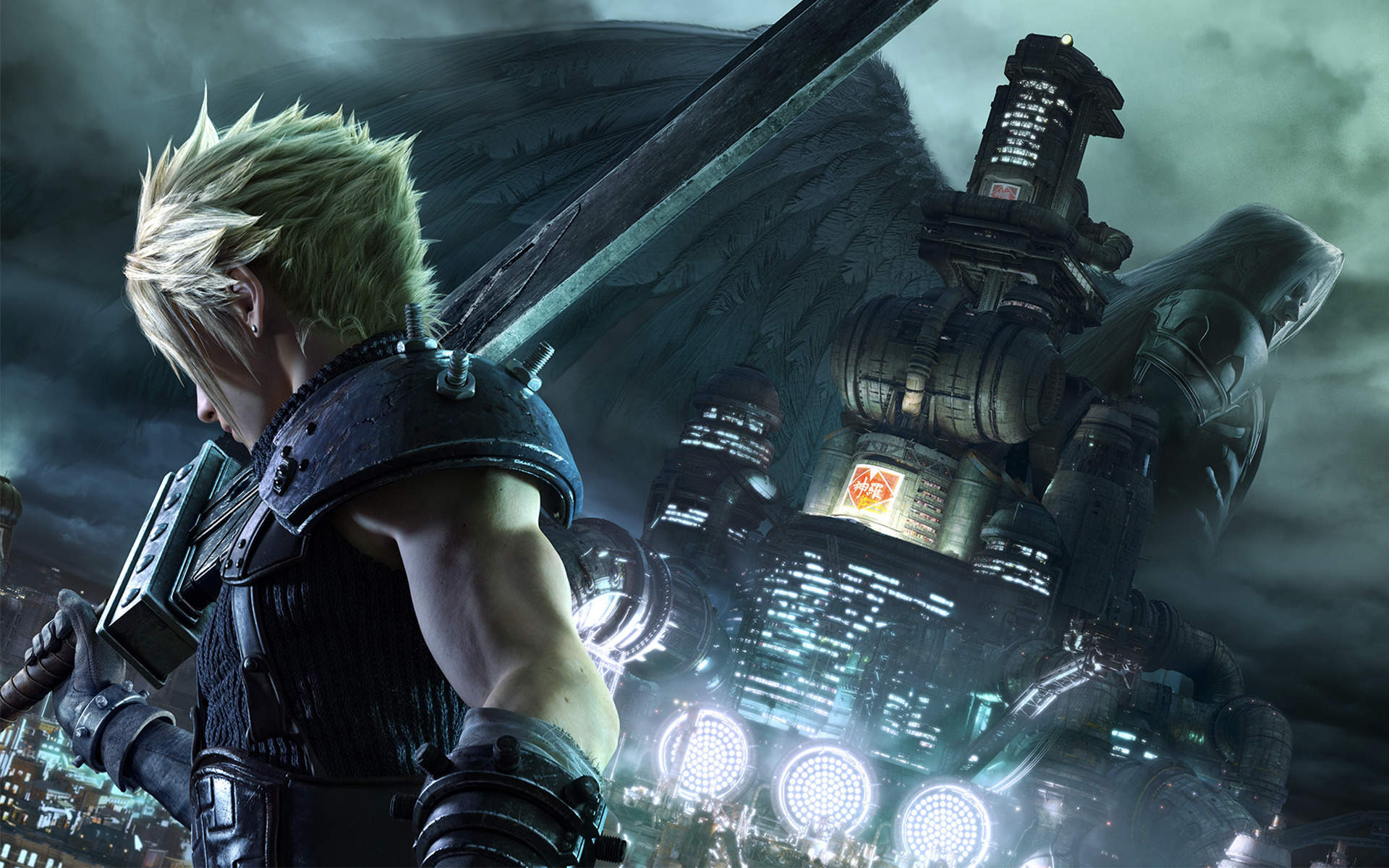Playing the Games We Love is the Best Way to Save Them
Video game preservation is about more than archiving code

There’s an unavoidable tragedy at the heart of our beloved pastime: games get old — quickly. It’s a testament to the people toiling with pixels, polygons, and processors that games just a few years apart often feel much more widely separated. These leaps bring the opportunity to update the titles we love — but with that comes the risk of denigrating and debasing what we used to love.
And still do.
This rapid advancement isn’t without potential cost: the abandonment or alteration of some truly historic stuff.
In broad strokes, Square Enix is taking the right approach: re-release a game upscaled for modern displays — with added features introducing something palatable for generations free from nostalgia’s stranglehold. It’s not just a method of preservation and a way of farming Gil on the side, it’s one that seems targeted at encouraging participation — finding a way to encourage the generations of today to visit the games of generations past.
That’s important. Having that history celebrated, preserved, and widely known in a way that’s interactive and entertaining helps to crowdsource that preservation: now thousands, millions have insight into those stories — each person a would-be guardian of some small part of a particular game.
It wonderfully complements the excruciating work of archivists, as covered by OneZero’s Nicole Carpenter. Their goal: to digitize and preserve games and their associated materials for culture’s sake. But with legal issues in the way, it’s not always a surefire way to preserve the memory of these relics in the public consciousness, with a small chance they’ll ever see the light of day again.

Square’s approach is a solid first step towards this ‘preserving through play’ idea. By adding toggles and switches, we can choose how we interface with these historic creations. If you want to experience the title in its close-to-nearest form, you can. If you want to experience the story, you can.
These titles can become digital museums in microcosm, letting us explore their contents in whichever way we want.
That’s something we forget, perhaps: that these are historic creations. Things that earned themselves a place in the pantheon of port-bait. If video games were a religion, something like Final Fantasy VIII might be described as one of its founding texts. If not now, then in decades or centuries to come.
Those achievements are easy to appreciate if you had a front-row seat to their respective decades. But it’s also easy to appreciate that these games might be long-in-the-tooth for some. Couching those dated experiences in developer lore, providing them context, might be the tipping point some need to spend the time in that world. A video game turned entertainment artifact.
Digital museums, then, filled with odes to the history of that game — and its place in video-game cannon. The possibilities are as alluring as they are unending: aural histories, factoids, sales figures, technical details — information in abundance, hidden in the scribbles of some developer’s diary. All that could be preserved alongside the game as it first was, without potential punters retorting to torrents and digital back-alleys.
Not in some blog post or wiki, but married to the experience itself.
If this never happened, speedrunners and archivists help fill that void, becoming those accidental historians. They bring those facts to the table and do one better: explore the original game on original hardware.

There’s also the point of why any of this actually matters. If only in the abstract, video games show the ingenuity of us, accomplishing incredible feats with comparatively little. It only adds to the value for publishers, too. You’re owning a piece of history and the stories around it. Yet another reason to buy in.
More sales, more money, and an onboarding tool for those new to your series. A marketing motif. But as with all things marketing, an exploration of this historical legacy would be born of a corporate mother. Filtered, tamed, and restrained from revealing the true story about its development for fear of looking bad, for fear of soiling the image of a legendary classic.
Yet, time is running out. Those authentic voices, those first-hand stories, and development factoids might lie in the minds of those who made it, who lack the immortality bestowed upon their creations. That’s not to say their tales haven’t been documented — but that there could be even more to tell.
It’s difficult to convey a tangible, monetary value on preserving the history of a medium. What’s popular — and what's not — might be a marker used to assess our society centuries from now.
Re-releases of old games, even relatively untouched, point to a fundamental truth: the game that worked then, works now — if only just. There’s something in that. Like an old movie with questionable special effects, its continued relevance tells us something about its inherent quality as a work. It’s almost a form of natural selection: games in the vein of ye olde Final Fantasy still sell today — their games are still palatable today, telling us that there’s something worth keeping and bringing forward to the generations to come.
By preserving that memory, you show those who toil and suffer in intense development cycles that their work will and can be remembered. That, even if they aren’t on the front cover, their efforts and stories will outlive them.
And to lose their work, their ideas — either to digital oblivion or a hard drive locked behind legalese — would be a profound tragedy. With lost games go lost seeds, ideas that didn’t quite work but could have. Preserving even the worst of those protects ideas yet to be born, as future gardeners revisit and prune those ideas with new technology and design theory — and go on themselves to create something truly worth preserving: a bloody brilliant video game.
